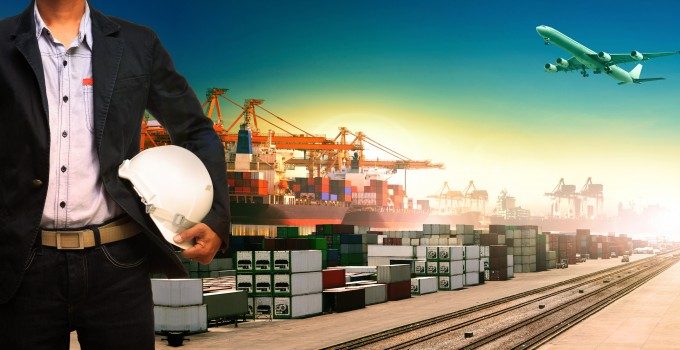Blankety Blank – a commercial or structural game?
Trans-pacific and Suez hold the answers

A total of 37 newbuild ultra-large container vessels (ULCV) have been deployed by ocean carriers to the Asia-North Europe tradelane so far this year, increasing capacity by 2.3% against a headhaul demand decline of 3.5%.
Moreover, according to Alphaliner there are a further 13 ships of ...
Keep our news independent, by supporting The Loadstar
Rapid transpacific capacity build-up continues – can USWC ports handle it?
Red Sea crisis has driven most new capacity into extended Asia-Europe trades
Crew forced to abandon ship in latest fire on vessel carrying EVs
Carriers on the hunt for open tonnage again as transpacific rates soar
The Loadstar Podcast | Transport Logistic and Air Cargo Europe 2025
'Now or never' for Kuehne and DHL GF to hit back at DSV
Uncertainty drives Yang Ming fleet boost as focus switches to Asia-Europe trades
Carrier price hikes hold, driving spot rates higher as space gets scarcer
Asia-West Africa ULCV deployment opens new markets for carriers
Project cargo: oversized and heavy, posing risks outside the norm for ports
CMA CGM eyeing multi-billion euro investment programme in Algeria
News in Brief Podcast | Week 22 | Trump’s tariff hurdle, ocean schedule reliability, and rate rise
Air cargo players still wary of long-term block space deals – 'a risk on both sides'
Longer-term planning needed as noise out of Washington distorts the market
Geely splashes out to meet growing demand by chartering its own car-carrier

Comment on this article
Jerry McCormick
August 27, 2015 at 1:25 pmThe major issue is that productivity at terminals and service levels of ports, combined with natural restrictions are noot keeping up with bigger sized vessels. As long as terminals do not perform 250 moves per hour average and more there is no need to come with bigger vessels as finally 450 m plus are occupied by a vessel working for long hours on a final crane.
Daniela Zicari
August 29, 2015 at 10:04 pmIn respect to the comments of cascading capacity and over tonnage through Panama Canal to south/south continents, please allow me to comment that over-capacity has somehow already reached Latin America`s region due to the current deceleration of the economy further accentuated by sluggish demand including vessels`s replacement and reconfiguration of services that took place, but seems the worst is yet to come…
Latin America’s economy decelerated considerably in the first half of the year. Economic growth was dragged down by deteriorating conditions in Brazil and Venezuela and sluggish performance in the rest of the economies in the region. A GDP growth estimate showed that Latin America slowed from a 0.8% annual expansion in the fourth quarter of 2014 to a tepid 0.1% increase in the first three months of 2015.
In respect to Brazil facing currently a severe recession, gross domestic product contracted 1.9 percent in the second three months of the year from the previous quarter. That was the biggest contraction in more than six years, and worse than the median estimate of a 1.7 percent fall from 41 economists surveyed.
Latin America’s largest economy is suffering from multiple woes: borrowing costs at their highest since 2006, inflation at more than double the target, rising unemployment, a crumbling currency and a corruption scandal, therefore a very challenging region to employ additional over tonnage at this fragile moment.